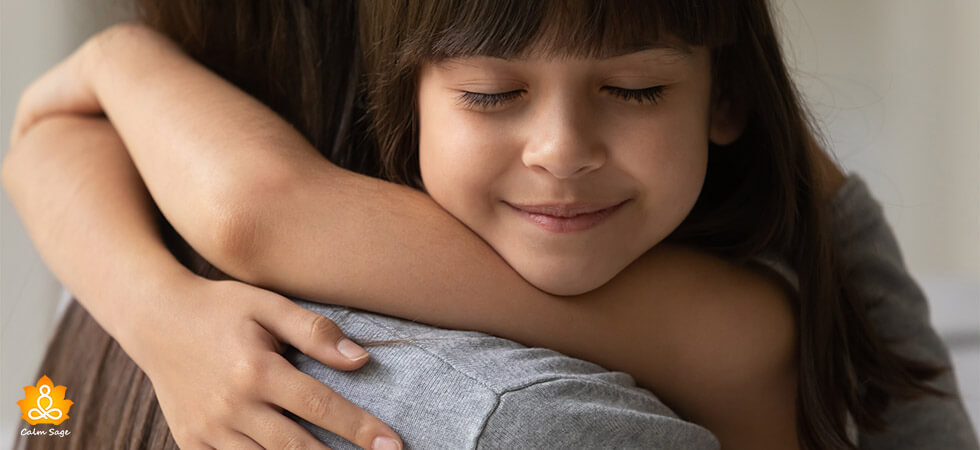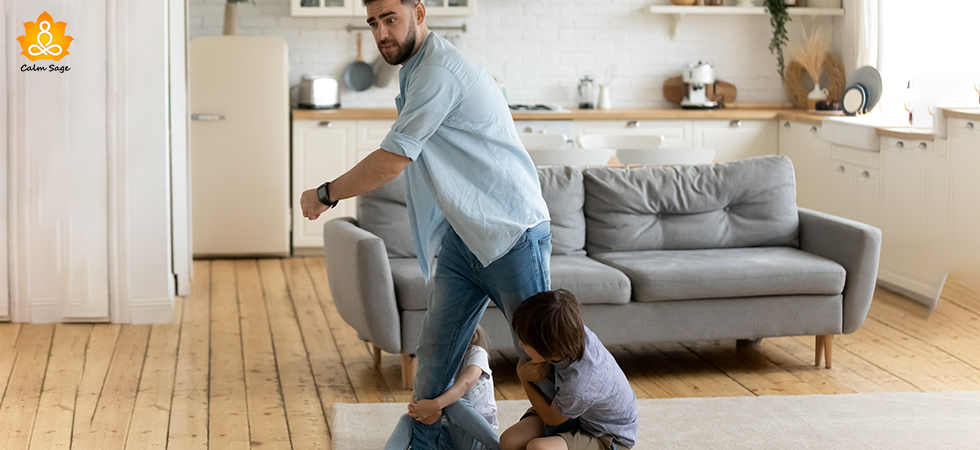What Are The Different Types Of Attachment & Which One Is Yours?

To begin with, types of attachment styles, let us first understand what attachment actually means. Attachment is known as the emotional relationship with someone where love, care, warmth, and pleasure are exchanged.
Early attachment styles usually begin in our childhood when a child is indulged in a caregiver relationship. A parent or caregiver provides discipline, education, and security to their kids which ultimately leads to attachment. If the past is visited, attachment theory was invented in the 1960s and 1970s by British psychologist John Bowlby and American psychologist Mary Ainsworth.
1. Proximity: There is an inner desire to be with someone you love.
2. Safe haven: When you are attached to someone, you return back to the comforting haven. Even if there is threat or fear, this safe haven is all we need.
3. Secure base: Someone whom you are attached to acts as the base of security.
4. Distress of separation: A kind of anxiety that occurs when you are no longer connected with the attachment figure.
Attachment styles say that children who are raised under the umbrella of a caregiver are confident and have the ability to fight fear and negative experiences.
With Bowlby’s definition of attachment, Ainsworth gave three types of attachment. However, one other attachment was added later, making now four different types of attachment.

Different Types Of Attachment Styles:
- Secure Attachment
- Anxious Insecure Attachment
- Avoidant Insecure Attachment
- Disorganized Insecure Attachment
1. Secure Attachment
The most favorable, secure attachment happens when parents are available, sensitive, responsive and acceptable to you. In this attachment style, parents usually give freedom to explore and they are always there for the kids when they want comfort and love back home.
Children brought up in secured environments are able to express their feelings in a better manner and tackle negative emotions easily. Such children have high self-esteem, are competent and able to maintain successful relationships with others.
For Example:
- The child shares his or her activities of the school environment with utmost interest.
- They show empathy and affection towards other children.
2. Anxious Insecure Attachment
In this type of attachment, a child cannot rely on their parents as care is sometimes there but sometimes not. The child could act very clingy or demanding and wants their parents to react. Anxiety that comes within makes a person feel needy and distrustful.
For Example:
- Children may be reluctant to explore new locations.
- They take a long time to relax and calm down when distressed.
3. Avoidant Insecure Attachment
Such attachment style appears when parents have an issue with their child’s needs and they cannot accept their sensitivity. Parents instead of accepting or dealing with child’s demands focuses on:
- Rejecting or minimizing their feelings
- Does not help them in sorting out their difficulties
Such children dismiss their own feelings or completely become self-reliant. At the same time, they do not speak with their parents when going through distressing situations.
For Example:
- The child becomes comfortable with strangers and does not care to go to their parents.
- He or she becomes happy in exploring new locations without feeling like coming back home.
4. Disorganized Insecure Attachment
When parents show very atypical behavior, they try to reject or frighten their children. Such parents may have faced trauma in the past and not be able to show love and care to their children.
For Example:
- Child completely ignores the presence of their parents in the room.
- They prefer fixing themselves on their own and become self-reliant.
The first three styles of attachment are known as ‘Organized’ as the child is able to organize and behave after a certain period of time. However, the fourth style is known as ‘Disorganized’ because the child grows in a very disintegrated manner.The fourth style makes a child aggressive towards parents and may even refuse to take care from the parent.
Apart from different styles of attachment for children, adult attachment issues prevail amongst many adults. They may need to go to therapists to deal with their emotional issues.
Coping With Insecure Attachment Styles
It won’t be wrong to say that those who have grown up with insecure attachment styles need tips and external help to cope with the same today. Although change is not easy but the emotional trigger may bother the growth of your kids tomorrow. Hence, here are the coping mechanisms.
1. Practice Positive Affirmations
Positive affirmations when practiced loudly makes one believe in themselves, no matter how typical the past was. Those negative thoughts which bother and nag you will automatically flush off soon.
2. Motivate Yourself
We criticize ourselves for the past negative experiences but motivating ourselves is the best way to cope up with insecurity.
3. Use Visualization Power To Forgive & Love
Create some new memories for yourself by firstly validating the past and now making new desires. With that, keep comforting yourself with self care, meditation and take a break in nature’s lap.
Wrap-Up
Which attachment style do you fall into? If it’s not a comfortable style and you want to seek help from an expert to deal with the emotions, feel free to message us at info@calmsage.com and let us help you in connecting with an expert.





















My type of attachment is Secure Attachment .